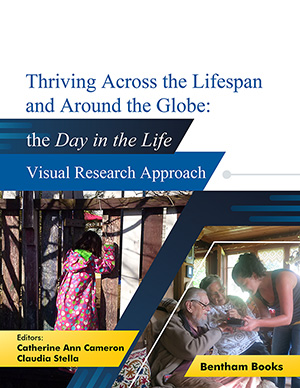Abstract
Thus far, there has been no challenge to Langdon's 1997 critique [1]of the aquatic ape hypothesis (AAH), despite its having a number of weaknesses. The paper lacks scholarliness as it does not draw upon the one published scientific investigation into the plausibility of the AAH in the literature, i.e., that byRoede et al. [2]. Langdon's summary of “anatomical evidence for the AAH” seems to have been directed against an exaggerated interpretation of Alister Hardy's hypothesis that humans were “more aquatic in the past” [3]. Most of the critique was based on cursory and superficial comparisons with fully aquatic mammals, such as cetaceans, rather than considering whether human ancestors could have been more aquatic than those of apes. Even on this basis, Langdon considered eleven out of twenty-six traits to be “possible aquatic adaptations” or “consistent with the AAH”.
It is argued here that none of the specific hypotheses of the AAH have yet been refuted. Instead, what appears to have happened, is that individuals have been left to interpret certain ambiguities in arguments put forward by proponents of the hypothesis in their own way and then reject, or accept it on that basis. More than a decade later, significant new evidence has emerged, and other AAH-based models have been published, which demand serious reconsideration.
Keywords: Langdon, AAH critique, rejection, parsimony













